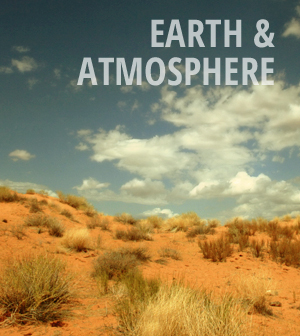U.S. carbon sequestration assessment picks 36 basins for storage

The U.S. Department of Interior has released the first national carbon sequestration assessment by the USGS, according to a release. The agencies call it the first realistic view of carbon storage capacity within the United States.
The assessment predicts that 2,400 to 3,700 metric gigatons of carbon dioxide could be stored within U.S. geologic basins. For the storage to be possible, the gas would have to be collected and then pressurized to the point of becoming liquid. It would then be pumped into the ground, underneath sedimentary rock formations that would be deemed strong enough to maintain the pressure needed to maintain CO2 in fluid form.
All of the geologic basins in the U.S. were considered during the assessment, but 36 basin regions were chosen as suitable for storage. The largest is the Coastal Plains region, which covers most of the Gulf states, but reaches up into parts of the East Coast. It could store 2,000 metric gigatons by itself. The Alaska Region is close to its size, followed by a region stretching across the Rocky Mountains and Great Plains.





0 comments